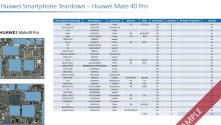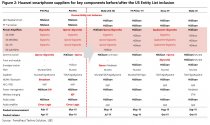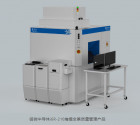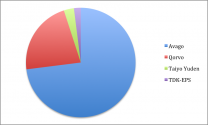Here's some numbers for the early Huawei 5G modem.
The first huawei 5G phone used a standalone Balong 5G modem (it combines support for 2G, 3G, 4G and 5G). The die size of that modem was 9.82mm x 8.74mm. It was fabbed on TSMC 7FF.
When Kirin 990 5G SoC came out modem was integrated into it. The combined die size of Kirin 990 with integrated modem was 10.68mm x 10.61mm. So modem design must have been significantly optimized by the time of Kirin 990.
About RF components, first 5G phone used RF components from US companies. The next Mate device was de-americanized and used RF components from a Japanese company.
I have posted teardown board of a phone here where you can see how much rf components and 5g modem take up large chunk of real estate.
5g modem and soc are not the same thing. They can be tightly integrated but each have their own space on the board.
Eg with Qualcomm, you had x50 and then 55. Now believe they are on x70. For Huawei phone, the 5g chip set will likely be stacked 14nm does and soc likely stacked 7nm. Also consider that stacking 2 dies mean combined size probably 2x die size of a 5nm process soc. Necessary for achieving comparable performance. Think about why Intel CPUs are always so much larger than AMD ones.
But due to the less advanced process for both AOC and modem, Huawei phones need latest heat dissipation tech + more advanced battery tech to achieve comparable performance.
Anyways, let's say all this is resolved for Huawei's mid ranged phones using kirin chip, we now have a fully sanction proof 5g phone. That's quite the accomplishment.
As for 5g components, you are entirely wrong here. A tear down of mate 40 would proof that. So yes, they did use more stuff from Murata, but still a whole lot of of qualcomm, qorvo & skyworks








